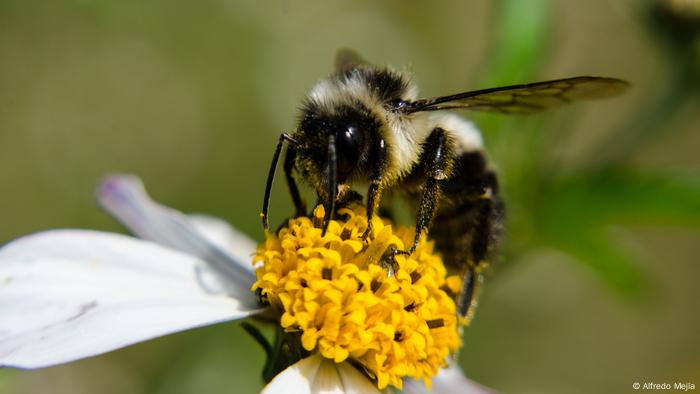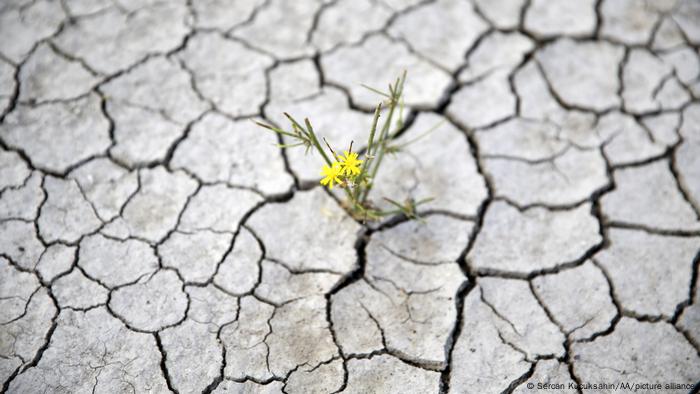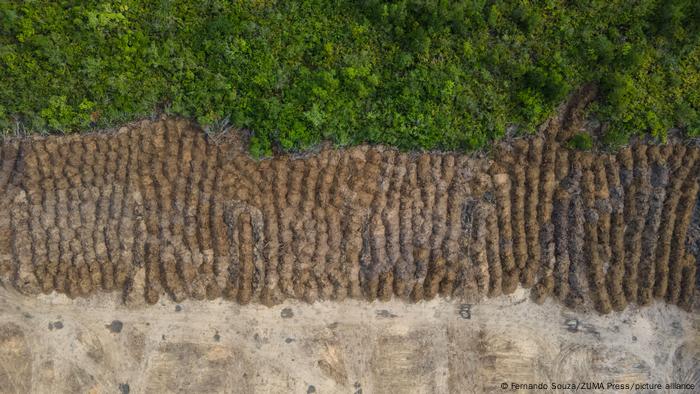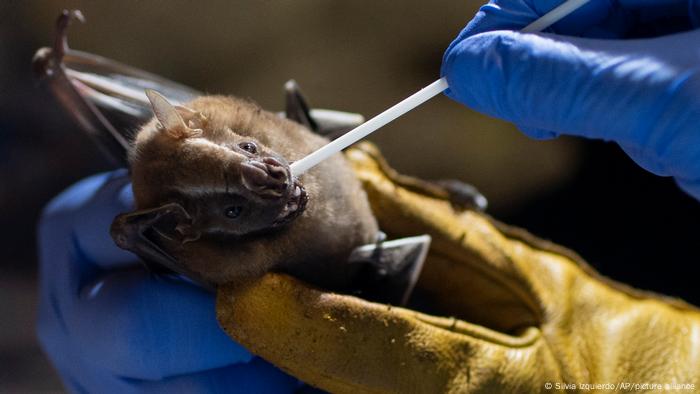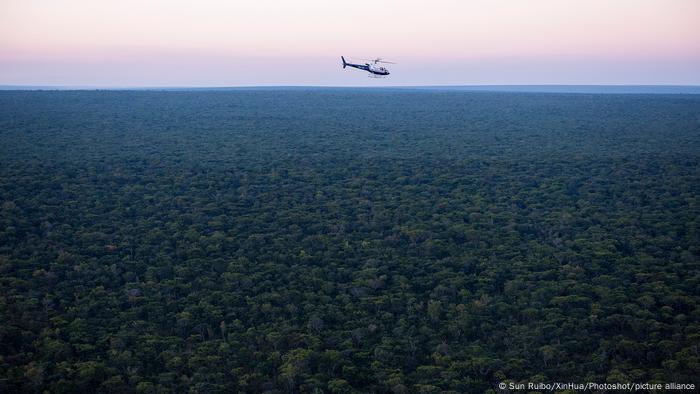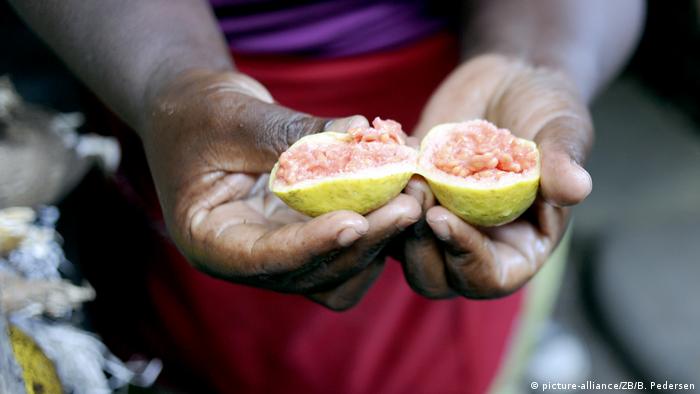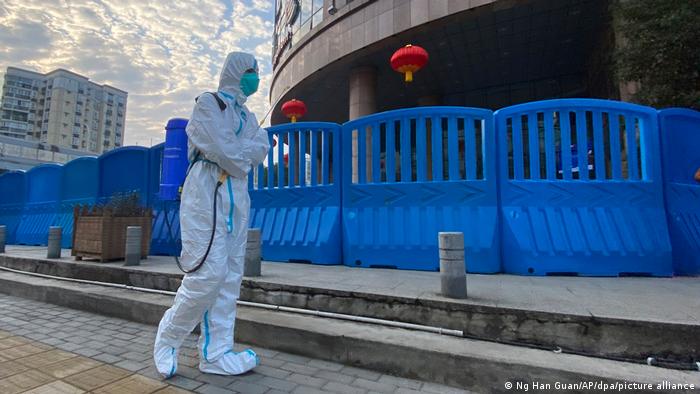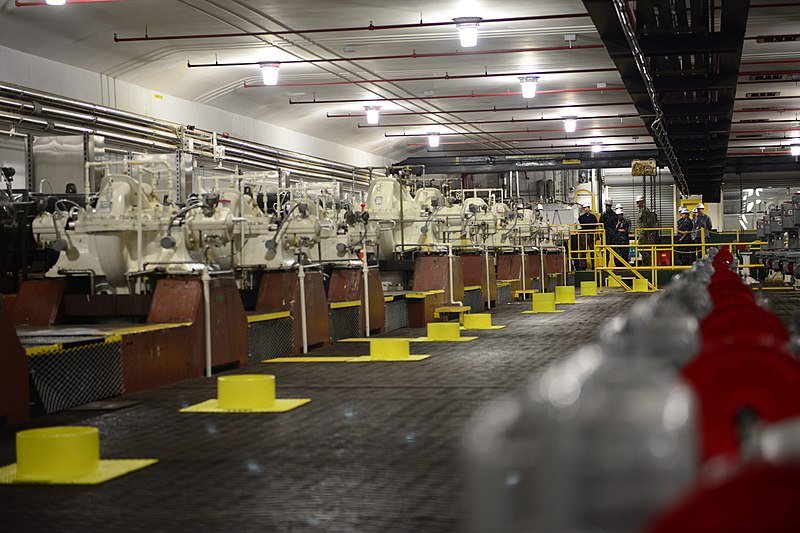Climate change could end Maine's lobster boom, some fear
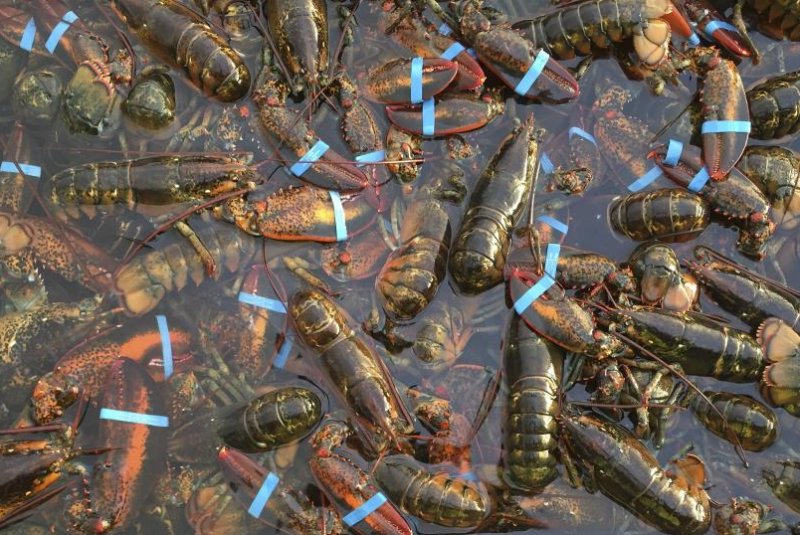
As lobster haul numbers in Maine have declined for the last five years, some are wondering how climate change could affect one of the region's largest industries. Photo by Christopher Bartlett/Maine Sea Grant
BANGOR, Maine, Jan. 11 (UPI) -- Among the deep underwater valleys off Maine's craggy, crooked coast crawls one of the must lucrative species in American waters -- Homarus americanus, the American lobster.
For almost 20 years, record haul numbers padded the pockets of Maine lobstermen, but with landings declining for five straight years, many wonder how the industry will survive the impacts of climate change.
Last year, Maine's commercial lobstermen landed $500 million worth, and many of the most successful lobstermen pocket upward of $500,000 each.
Data show the Gulf of Maine is rapidly warming, pushing lobsters farther north and into deeper waters, forcing lobstermen and researchers to grapple over exactly how long the boom times will last and whether they can be prolonged.
RELATED Federal appeals court reinstates ban on lobstering in Gulf of Maine
"We're not too hot for lobsters in any way shape or form, but it is getting hotter, especially in the southern part of their range," Damian Brady, an associate professor of oceanography at the University of Maine, told UPI.
In the beginning, warming proved a boon for Maine's lobster fishery. Lobsters need cold water, but not too cold.
Bolstered by friendlier water temperatures and a dearth of predators, thanks to dwindling Atlantic cod stocks, Maine's lobster population exploded in the 1980s.
By the '90s, that explosion was showing up in the traps of Maine lobstermen. For nearly two decades, lobstermen were landing more and more lobsters each year. As lobster fisheries farther south collapsed, Maine lobstermen were striking it rich.
"Most of these guys from 1995 to 2010, they only know increase, they have laid out their future based on that experience," Brady said.
Good times aren't over
RELATED Maine lobsterman finds ultra-rare 'cotton candy' lobster
Lobstermen are still catching a lot and turning solid profits, but haul numbers have been declining since 2016.
It's not clear whether lobster numbers are shrinking, or the bottom feeders are just getting slightly harder to find.
"We still don't quite understand how much of the spawning biomass we are retaining year after year," Brady said.
Between 2004 and 2013, surface waters in the Gulf of Maine warmed just over 5 degrees Fahrenheit, but data for water temperatures below the surface is sparser. There is evidence, however, that lobsters are on the move.
According to Brady, lobsters used to be concentrated in waters 150 feet deep and shallower. Now, lobsters are mostly found in waters between 250 and 320 feet deep.
That means some lobstermen are having to venture farther from shore. They're buying bigger boats, setting deeper traps and spending more on equipment and fuel.
Lobstermen know the Gulf of Maine is changing, but it's not exactly clear to what extent the lobster stock is in jeopardy -- at least in the short term.
Long Island die-off
In 1999, Long Island Sound's lobster population suffered a massive die-off, with 80 percent of the region's disappearing, and the population never recovered.
Though some lobstermen claimed an influx of insecticides -- sprayed to combat mosquitoes carrying the West Nile virus -- sickened the region's shellfish, most scientists agree some combination of warming and disease killed off the sound's lobsters.
Neither scientists nor Maine lobstermen expect lobsters in the Gulf of Maine to befall such a fate.
The Gulf of Maine, which receives a healthy supply of frigid water from the Arctic, is much bigger and deeper than Long Island Sound. But the episode is a reminder of what a dramatic fishery collapse can look like.
Scientists say that should Maine's lobster stocks plummet, it will likely be a result of secondary stressors -- warming combined with some other unforeseen ecological shift.
Still, researchers hope analysis of lobster stock declines farther south will reveal indicators that can be used in Maine to identify risk.
Precise data tough to find
Lobster catches are weighed when they are landed and sold, but that doesn't help scientists figure out exactly where most lobsters are being caught and how that's changing over time.
There's a healthy collaboration between lobstermen and marine biologists at the University of Maine and other local research institutions, but fishermen are not obliged to share data with the kind of specificity that ecological modelers would prefer.
"We've only had 10% random reporting of lobster hauls this year," Amalia Harrington, a project coordinator at Maine Sea Grant, told UPI.
"There's a history of distrust between lobstermen and federal scientists and regulators. There's this fear that the data will be used against them," Harrington said.
Harrington facilitates collaboration between lobstermen and researchers who are trying to study the biological, economic and social impacts of ecosystem change in the Gulf of Maine.
Industry leaders say the relationship between researchers and lobstermen is strong, and that lobstermen will soon be required to share all of their lobster haul data.
"There is a lot of collaborative research and trust in the scientific process used to assess the lobster stock," Patrice McCarron, executive director of the Maine Lobstermen's Association, told UPI. "There is also excellent communication from scientists back to the industry on the status of ongoing research."
"The lack of adequate temporal-spatial data on the lobster fishery has been a challenge," said McCarron. "But that relates more to the size of the fishery and resource and technology limitations than anything else."
Beginning in 2023, lobstermen will required to report 100% of landings data -- to the chagrin of some in the industry, according to Harrington. Lobstermen in other Atlantic states have been sharing all of their data since 2007.
"Some fishermen have been harvesting from the same areas their grandfathers and great-grandfathers fished, so there is a sense of territoriality and confidentiality of great areas that they do not want to share," Harrington said.
Data sharing helps
To encourage more data sharing, Harrington and Brady said researchers need to offer lobstermen more ownership over their data and treat data collection as a true team effort, not a one-way transaction.
"A lot of times, scientists quite rightly get accused of taking the data and going home," Brady said. "So the number one way to foster collaboration is to come back to them with the data and show it to them."
Lobstermen and researchers can work together to make sense of the data, Brady said.
"After the data is collected and processed, the researchers will share the results in a way that allows for some level of anonymity," said Harrington.
It's not just the study of lobsters for which researchers need more data -- it's the study of lobstermen, too.
Harrington, McCarron and others say understanding the vulnerabilities of the lobster industry's social and economic web -- the relationships linking fishermen with people, businesses and communities on land -- is just as important as modeling Maine's lobster stocks.
In fact, the people and the communities that rely on lobsters may be at greater risk than the shellfish, they say.
"The social structures are actually more vulnerable than the biological resource itself," Carla Guenther, chief scientist at the Maine Center for Coastal Fisheries, told UPI.
If climate change makes lobsters too expensive to profitably harvest, the knock-on economic and social impacts could prove devastating.
"We are trying to create the social and economic indicators that can work as a counterpart to the lobster larvae surveys," said Guenther.
To identify those indicators, Harrington, Guenther and others are working to better understand the full scope of the lobster industry.
"We really don't have a great handle on the trickle down economic impacts of the Maine lobster industry," Harrington said. "On top of the landings value, it's estimated that the lobster industry brings in another $1 billion to the state."
What's to be done
Researchers and policy makers know that the Gulf of Maine is changing, as do lobstermen and industry leaders.
"There are a lot lobstermen who acknowledge climate change -- most of them, probably -- and there are a lot of well intentioned and thoughtful lobstermen out there that realize what is happening," Brady said. "It's just not clear what they can do about it."
Previous studies suggest traditional fisheries management tools, such as limits on harvesting egg-bearing females, are likely to have a limited impact on the trajectory of Maine's lobster population.
"The processes affecting the trajectory of this population happen at these early ages, and it seems that conservation measures on harvesting may be moot," Andrew Goode, a former lobsterman and now a postdoctoral researcher at the University of Maine, told UPI in an email.
"A theory behind reductions in lobster has to do with food limitation when they're larvae swimming in the water. If they are becoming food limited, increased abundance of lobster larvae would likely not translate into more adults because there is only so much food to sustain X number of larvae," Goode said.
With or without clarity on what lobster stocks will look like in the short-term, the industry is preparing for leaner years.
"I think most people agree that there will be a softening of lobster landings moving forward," McCarron said. "But the lobster industry has been expecting landings to soften since the late 1990s, only to see them continue to increase. It's never been an issue of if, but rather when."








